Republicans in the western United States have been trying to whittle away the Endangered Species Act (ESA) since Donald Trump took office, and their efforts reached a crescendo last week with help from the White House. The Trump administration has proposed significant changes to its enforcement of the bedrock environmental law. Under the new rules, wildlife managers would limit protections for species designated as “threatened” (a level below endangered), consider the economic costs prior to defending a species and de-emphasize long-term threats such as climate change.
The administration’s action follows bills and budget riders from congressional Republicans that would, among other things, in effect remove protections for gray wolves in the lower 48 states, exempt the controversial greater sage-grouse from an ESA listing for 10 years, and increase state involvement in conservation decisions. The flurry of measures is an attempt to change the law, long seen as oppressive to oil and gas interests, while the GOP controls Congress and the White House.
Those who study the ESA agree that reforms are needed: the bill was signed into law in 1973 and last reauthorized in 1992. But the current proposals on the table are unlikely to solve the problems experts identify.
In addition to case-by-case evaluations, wildlife officials would place less emphasis on long-term threats by limiting the scope of risk in the “foreseeable future”, as the ESA dictates. Under Barack Obama, managers took this term liberally and, for instance, listed arctic ringed seals because of the threat climate change poses over the coming decades to their icy habitat. But Trump’s proposed changes mean that officials would only take action if future threats and species’ responses to those threats were deemed probable. Under an administration that disputes climate science, this doesn’t bode well for creatures at risk in a warming world.
More than 1,600 species are listed as endangered or threatened, while the sage-grouse and others are nearing that threshold. Here is how certain species might be affected by proposed changes to ESA:
Polar bear
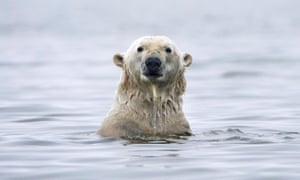
The polar bear – and other threatened arctic species – face perhaps the greatest risk under Trump’s proposed approach. Limits on the “foreseeable future” land management officials can consider would leave animals threatened by climate change at the whim of shortsighted decisions. And, as with the sage-grouse, polar bear territory has been targeted by Trump for oil extraction, skewing the cost-benefit analysis in favor of industry, not the threatened bear.
Sage-grouse
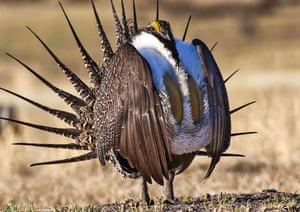
Consider the sage-grouse this century’s spotted owl. A listing would aggressively curtail oil and gas production, so legislators and the administration are trying to avoid it at all costs. A defense-spending rider would prevent a listing for 10 years, while the interior department’s proposed rules mean any protections would be weighed against potential oil and gas profits. It’s clear why the bird has been so controversial: three-quarters of public parcels for sale in forthcoming leases sit in grouse habitat.
Gray wolf
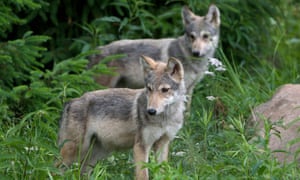
Since being reintroduced to Yellowstone national park in 1995, wolves have spread throughout the northern US. Much to the ire of ranchers who sometimes lose cattle or sheep to a hungry pack, the species now stretches from Washington to Michigan. But budget riders as well as proposed legislation would remove protection from wolves and end any chance of reintroducing the Mexican gray wolf to the south-west.
Delta smelt
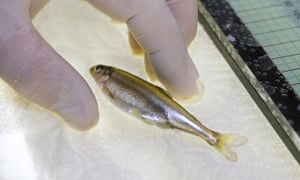
Conservationists talk about indicator species, and the delta smelt is certainly one. As northern California’s San Joaquin-Sacramento delta ecosystem has been replaced by farms and levees, the smelt – and the wetlands in which it thrived – have been vanishing. The fish’s current threatened designation means it would probably receive less protection under new regulations, as California’s farms and cities rely heavily on the fresh water smelt call home.
Coho salmon
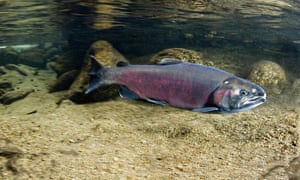
Warming waters, habitat destruction, and farm irrigation have caused salmon counts across the north-west to plummet, and Trump’s new rules could hinder any recovery. In the Klamath River basin, for instance, regulators must negotiate with farmers on how much water to send downstream during dry years. Threatened coho are more likely to lose out with the new rules, and they’re competing with two endangered species of sucker fish upstream. Holistic management of threatened species could help, but under a case-by-case approach, coho aren’t likely to make gains.
Grizzly bear

Momentum was on the grizzly’s side: about 700 bears live in the Yellowstone region, and another 1,100 are found near Glacier national park, prompting delisting for the former last year and a plan to do the same for the latter. But bruins in the North Cascades of Washington might not be so lucky. The interior department plans to build up a cadre of 200 bears there, but the House appropriations bill zeroes out funding for the effort. As existing populations improve, they’re likely to lose protection more quickly.
